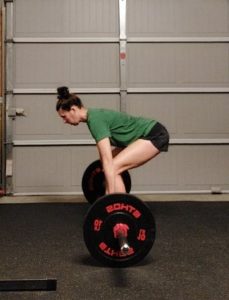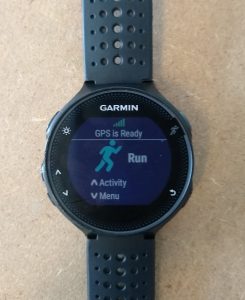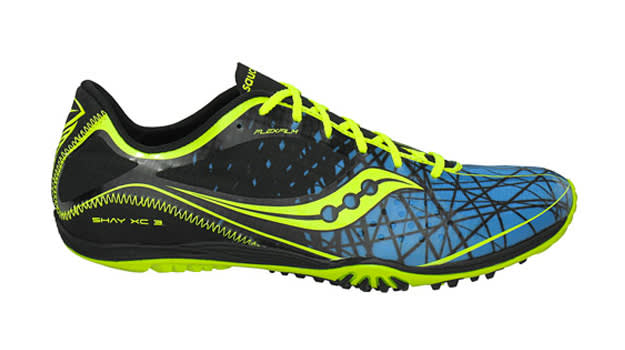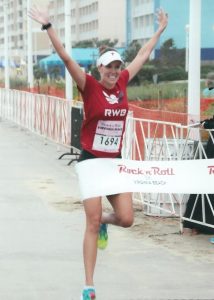With the summer training season in full swing and dreams of fall PRs all around, there’s no better time to add cross-training to your plan. With an option out there for everyone, it’s easy to find something you enjoy doing while giving your body a break from the pavement and the heat.
It’s true. No matter what you enjoy doing outside of going for a run there’s something for you. Yoga, swimming, cycling and Crossfit all get the job done while making you a stronger athlete. Here are some of the big benefits you’ll get from adding two or three non-running sessions to your weekly plan.
Lift weights. Strength training is a great way to resolve the muscle imbalances many runners experience. We’re all naturally stronger on one side than the other and running just makes that more pronounced. By training unilaterally, one side at a time, with exercises like walking lunges, pistols and side planks, you’ll be a more balanced and less injury prone athlete. Strength training also increases running economy which can help you hit that new PR even sooner.
Move your legs. Spinning or cycling is a fun alternative to hitting the track and it’s also a great way to work on increasing your cadence. A higher cadence means more efficient running and the bike is a perfect place to get your legs used to moving faster. Cycling with tension uses leg muscles similarly to running uphill without the impact, reducing risk of an injury while building strength. Hit the trails on a mountain bike or join a spin class to reap the benefits.
Spinning or cycling is a fun alternative to hitting the track and it’s also a great way to work on increasing your cadence. A higher cadence means more efficient running and the bike is a perfect place to get your legs used to moving faster. Cycling with tension uses leg muscles similarly to running uphill without the impact, reducing risk of an injury while building strength. Hit the trails on a mountain bike or join a spin class to reap the benefits.
Less stress. Swimming, cycling and rowing are low impact activities that increase fitness without additional stress on bones. They can lower your risk of overuse injuries and stress fractures while improving overall cardiovascular capacity. Even strength training can be considered low impact and is hugely beneficial to runners.
Mix it up. Try different types of cross-training. There’s no reason your non-running workouts always have to be the same. Changing the stimulus your body experiences will make you stronger, fitter and faster. Mountain bike on Monday, take a yoga class on Thursday and a recovery swim on Sunday to keep muscles fresh without overuse.
Find something you love. The key with cross-training is to find something you enjoy doing. You might even find more than one thing you love. You’ll have the opportunity to meet new people, push yourself in new ways and have fun. No matter what that activity is, you should look forward to your non-running workouts.
The most important thing about cross-training? Be sure your alternative workout isn’t so hard it takes away from the quality of your target training runs.
Coach Meredith


 Sports drinks, electrolyte and salt tabs or even some table salt added to your water are also good ways to ensure your body gets what it looses from sweating out there in the warmth.
Sports drinks, electrolyte and salt tabs or even some table salt added to your water are also good ways to ensure your body gets what it looses from sweating out there in the warmth.
 or burnout. The purpose of easy running is to
or burnout. The purpose of easy running is to 



 Focus on you. You’re trying to run your best race. Not another runner’s. Don’t worry about how fast the people around you go out or what they’re going to do later on. You’re only in control of your own performance and pushing too hard early will cost a lot towards the end. Stick to the plan you made during training and the rest will fall into place.
Focus on you. You’re trying to run your best race. Not another runner’s. Don’t worry about how fast the people around you go out or what they’re going to do later on. You’re only in control of your own performance and pushing too hard early will cost a lot towards the end. Stick to the plan you made during training and the rest will fall into place. training volume and intensity fluctuate.
training volume and intensity fluctuate.